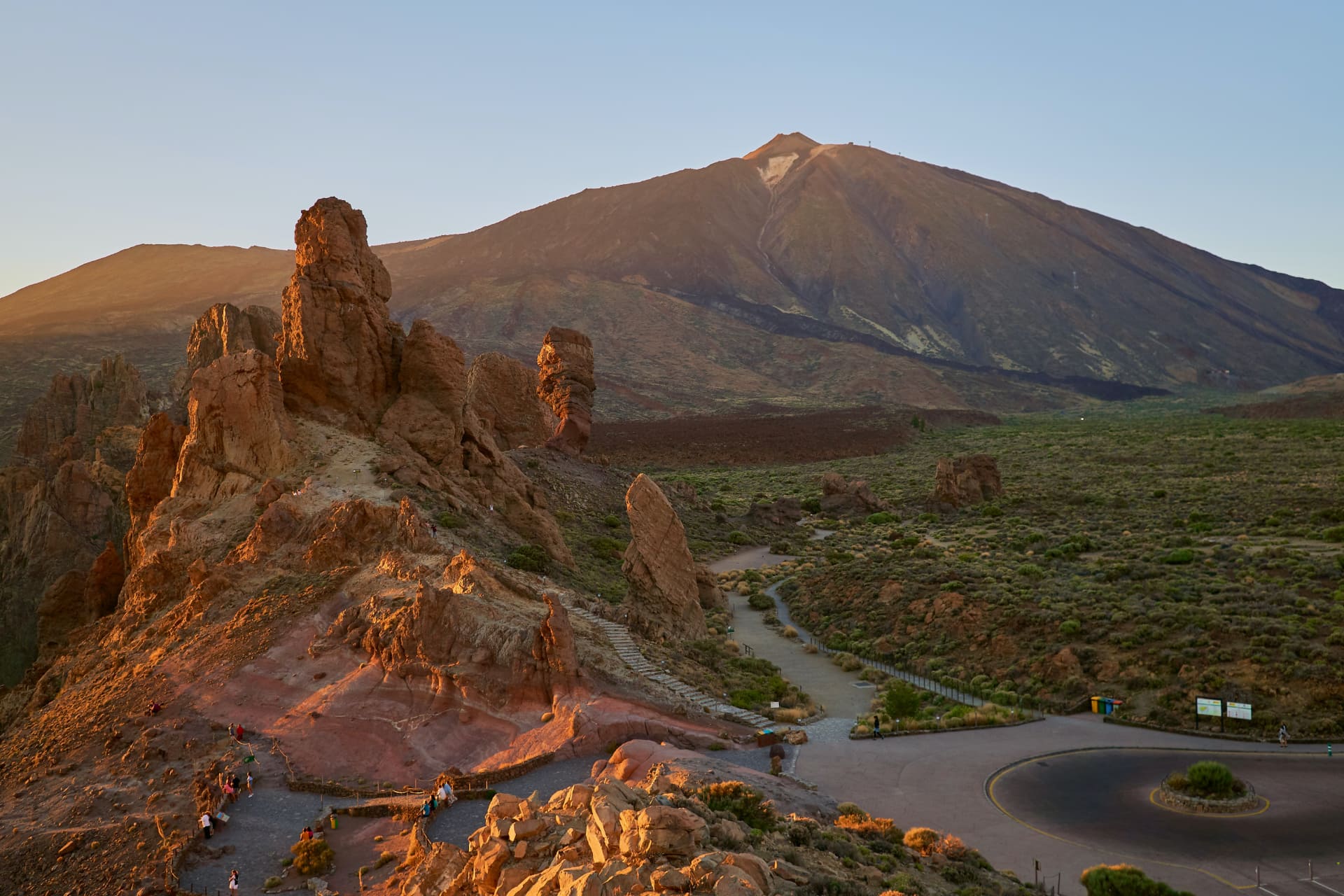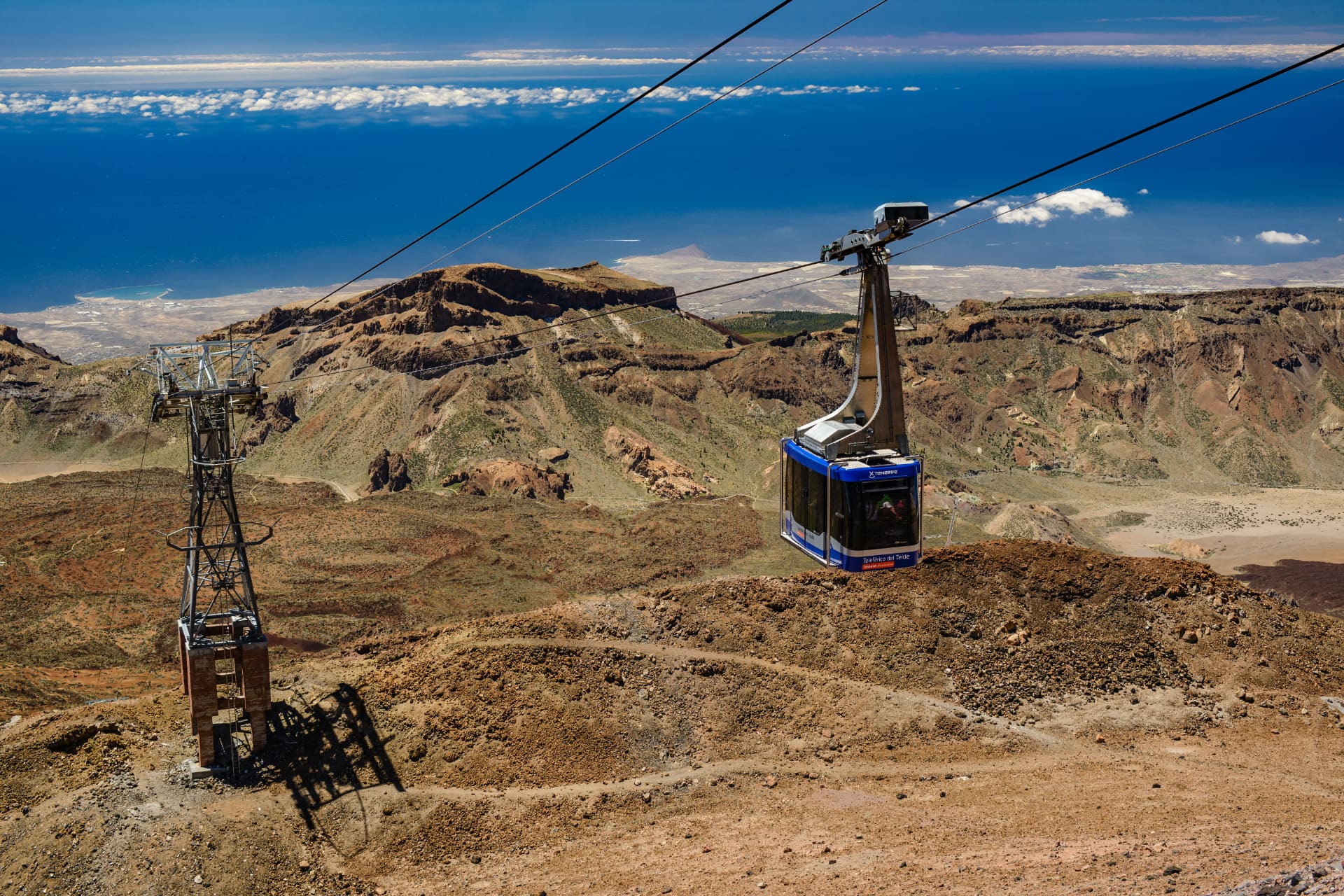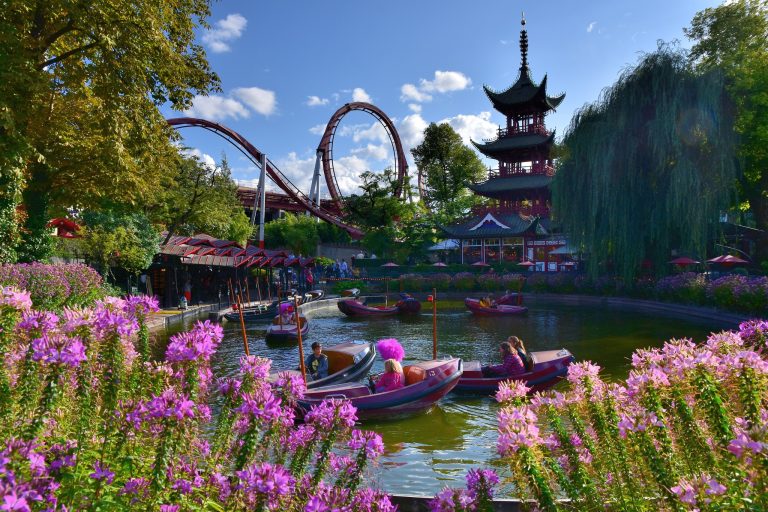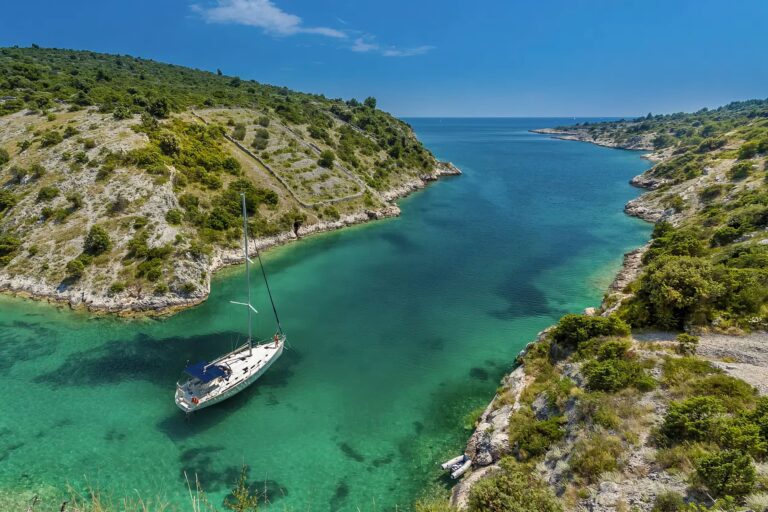Discovering Teide Volcano: A Journey Through Tenerife's Natural Wonder
Teide Volcano, located on the beautiful island of Tenerife, is an awe-inspiring and popular destination among travelers. As the highest peak in Spain and the third-largest volcano in the world, Teide is a testament to the Canary Islands' volcanic origins. This article will take you on an engaging and informative journey through the various aspects of Teide Volcano, from its geology and biodiversity to its cultural significance and must-try experiences.

The Formation and Geology of Teide Volcano
Teide Volcano's fascinating geological history dates back millions of years. Its formation process involved a series of eruptions and collapses that led to the majestic stratovolcano we see today. The uniqueness of its structure and composition is closely linked to the Canary Islands' volcanic origins.
Teide is approximately 5 million years old and is a part of the North Atlantic volcanic province. The Canary Islands archipelago was formed by hotspot volcanism, where a plume of molten rock rises from the Earth's mantle and breaks through the crust, causing volcanic activity. Teide Volcano is a prime example of this process and serves as an incredible opportunity to study the geological history of the region.
The Rich Biodiversity around Teide
Volcano Teide National Park, home to the majestic volcano, is a UNESCO World Heritage site that boasts an incredible array of endemic flora and fauna. The species found here have adapted to the volcanic environment, contributing to the park's unique biodiversity.
Some examples of endemic flora and fauna include the Teide violet (Viola cheiranthifolia), a small plant with purple flowers that thrive in high-altitude rocky environments; the Canary Islands juniper (Juniperus cedrus), a tree that can withstand the harsh volcanic soil; and the Tenerife blue chaffinch (Fringilla teydea), a bird species known for its distinct blue plumage.
Teide National Park plays a critical role in preserving biodiversity by protecting habitats and ecosystems. It also supports various conservation programs and research initiatives that contribute to the long-term survival of these unique species.
Exploring the Cultural Significance of Teide Volcano
The volcano holds immense importance in Guanche mythology, where it is considered a sacred place. According to legends, Mount Teide was the dwelling of Guayota, the evil spirit that kidnapped Magec, the god of light and the sun. The supreme god, Achamán, managed to trap Guayota inside the volcano, thus restoring light to the world.
Throughout history, Teide has inspired numerous travel literature and artistic depictions. Romantic-era writers and painters were particularly drawn to its sublime beauty, often portraying it as a symbol of the untamed power of nature.
In modern times, Teide continues to play a significant role in cultural events and celebrations. Annual pilgrimages, such as the Fiesta de la Cruz, bring together locals and visitors alike, who trek to the volcano to honor its sacred history.

Unforgettable Activities and Experiences
A visit to Teide Volcano offers numerous opportunities for exploration and adventure, with something for everyone.
Guided tours and hiking trails are available for visitors of varying skill levels and interests. These tours often include educational components that provide insights into the volcano's geology, flora, and fauna. Some popular trails include La Fortaleza, Montaña Blanca, and Pico Viejo.
The Teide Cable Car is a unique way to explore the volcano, taking you up to an altitude of 3,555 meters (11,663 feet) in just 8 minutes. From the upper station, you can enjoy breathtaking panoramic views of Tenerife and the surrounding islands. To get a glimpse of the cable car experience, check out this YouTube Video:
Stargazing and night sky observations are another popular activity at Teide Volcano. The high altitude, clear skies, and low light pollution make it an ideal location for astronomical observations. Teide Observatory, one of the world's leading astronomical facilities, offers guided stargazing tours and workshops where you can learn about celestial objects and the universe.
Practical Tips for Visiting Teide Volcano
To make the most of your trip to Teide, consider these tips for timing, accommodation, and safety.
The best time to visit Teide Volcano is during the spring or autumn months, as the temperatures are mild and there are fewer crowds. During these seasons, you can fully appreciate the beauty of the volcano and the surrounding landscapes without contending with extreme weather conditions or large groups of tourists.
Accommodation options near Teide National Park include hotels, guesthouses, and campgrounds that cater to a range of budgets and preferences. Some popular choices are the Parador de las Cañadas del Teide, a hotel located within the national park, and the Altavista Mountain Refuge, which is situated at an altitude of 3,260 meters (10,695 feet) and is perfect for those looking to split their hike to the summit over two days.
When visiting Teide Volcano, it is essential to prioritize safety. Ensure that you have proper gear for hiking, such as sturdy shoes, layered clothing, and sun protection. Take time to acclimatize to the altitude, especially if you plan to climb to the summit. Always follow park rules and guidelines to ensure a safe and responsible visit.
FAQ
Q: Is a permit required to climb Teide Volcano?
A: Yes, a free permit is required to access the summit. Apply well in advance, as permits are limited.
Q: How long does it take to climb Teide Volcano?
A: The hike to the summit of Teide Volcano can take anywhere from 5 to 7 hours, depending on your fitness level and chosen route. Many visitors opt to split the climb into two days, spending the night at the Altavista Mountain Refuge.
Q: Are there any restrictions on visiting Teide National Park?
A: The park is open year-round, but certain areas may be temporarily closed due to weather conditions or conservation efforts. Always check for updates and follow park rules to ensure a safe and responsible visit.
Conclusion
Teide Volcano offers an unforgettable experience, combining stunning natural beauty, rich biodiversity, and deep cultural significance. Whether you're interested in exploring its geology, marveling at its flora and fauna, or learning about its history and legends, Teide is a must-visit destination. We hope this guide has provided you with valuable insights to plan your journey. Don't forget to share your personal experiences and stories with fellow travelers!



